Last month President Obama convened over 100 college presidents and leaders of organizations, foundations and companies that service higher education. The goal was to increase the opportunities for low-income students to attend college. The 47-page report released after the meeting is rife with humor if you understand the dynamics of the changes in higher education. If you are not aware of the changes, it has all of the components of a great political gathering to “share ideas”.
Here is what the White House gives as reasons why improving access to higher education is important for low-income students:
- The share of jobs that require postsecondary education has doubled over the last 40 years, as jobs require more skills.
- In 1990, the U.S. ranked first in the world in four-year degree attainment among 25-34 year olds; today the U.S. ranks 12th.
- While half of all people from high-income families have a bachelor’s degree by age 25, just 1 in 10 people from low-income families do.
- Colleges have grown more competitive, restricting access. While the number of applicants to four-year colleges and universities has doubled since the early 1970’s, available slots have changed little.
And the interventions proposed:
- Connecting low-income students to colleges where they can succeed
- Increasing the pool of students prepared for college
- Reducing the inequalities in college advising and test preparation
- Breakthroughs in remedial education
Call me silly, but isn’t this that what community colleges do already? While the White House will not release a list of the attendees, you can see by the list of those signing commitments there are very few representatives from community colleges on the list. One explanation given is because community colleges are already doing this, the White House needed commitments from those who are not actively focused on low-income students. Again, why give the attention to those who are doing it or have them present to the group what is working in the field? Nope. Let’s have a summit and gather those with little or no experience to help set the policy and focus.

Foie Gras for Everyone
Second, the College Board – you know the group that administers the SAT test and who also runs test prep programs to help students score better on their tests – well, the College Board has agreed to provide four college application fee waivers to income sensitive students who take their test. How about the College Board waiving the cost for the test to low-income students? And if the College Board was really going to go all in, why not give low-income students the test prep for free also? Oh wait, that cuts into their profits. Low-income students don’t have the resources to pay for expensive test prep programs like wealthy kids and this in itself puts them at a disadvantage. Maybe colleges should stop using SAT tests for low-income students as part of the admission process. This is a novel idea!
And good news! Yale, Harvard, Princeton and the University of Virginia are teaming up to send 300 low-income students back to their home communities to talk about their experience. Plus, they are going to mail 20,000 pieces of direct mail to low-income students and hold 18 sessions in cities where Ivy League applications are historically low. It’s a bit like taking foie gras to a soup kitchen and telling them this delicious meal is what they should be eating. Are these schools opening up more slots, displacing legacy students and high income, high SAT students? Yeah, that’s funny too.
 More to come on this topic but please, White House, consider hosting a summit for community college presidents, faculty and students if you really want help with reaching more low-income students. Maybe the biggest laugh yet. I kill me.
More to come on this topic but please, White House, consider hosting a summit for community college presidents, faculty and students if you really want help with reaching more low-income students. Maybe the biggest laugh yet. I kill me.
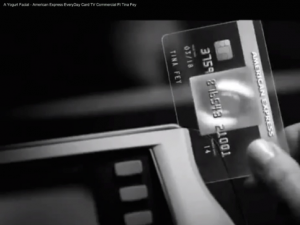 I will warn you this post has little to do with higher education and more to do with something that has been annoying me. I would like to tell you it is something really important to world peace, betterment of mankind, or even something witty. Nope. It is about credit card commercials and the close-up shot of their card being swiped by a customer.
I will warn you this post has little to do with higher education and more to do with something that has been annoying me. I would like to tell you it is something really important to world peace, betterment of mankind, or even something witty. Nope. It is about credit card commercials and the close-up shot of their card being swiped by a customer.
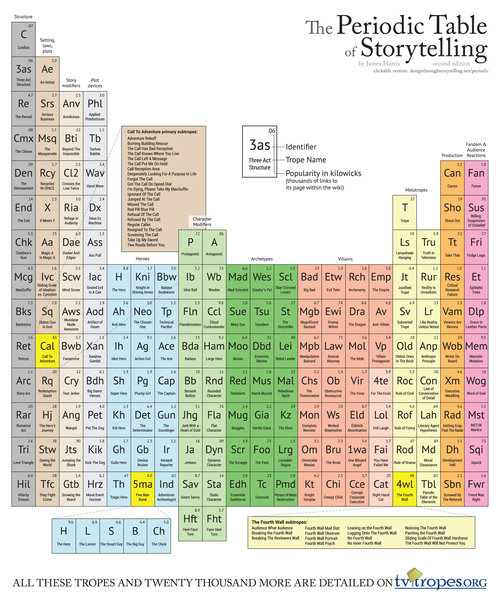



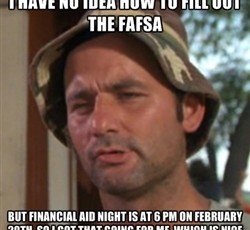
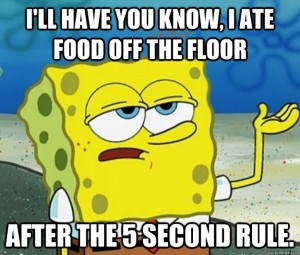 We all know the
We all know the 
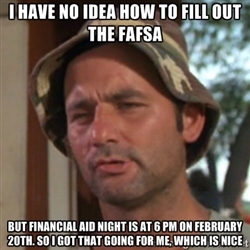 The government just released the new amount for Pell Grants next year – $5,730.
The government just released the new amount for Pell Grants next year – $5,730.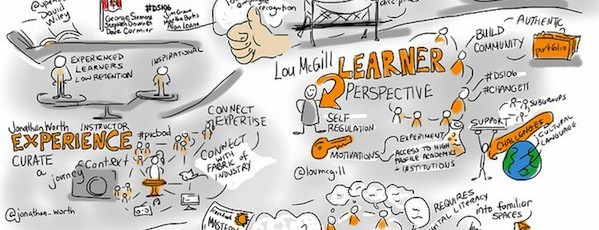
 When I was little, one of my favorite meals was a big bowl of spaghetti with extra Parmesan cheese on top. My mother always let me shake the green can of cheese over the steaming pile of pasta, and I would shake until I had a perfect dusting of cheesy golden deliciousness. We gave it the nickname “Shaky Cheese.”
When I was little, one of my favorite meals was a big bowl of spaghetti with extra Parmesan cheese on top. My mother always let me shake the green can of cheese over the steaming pile of pasta, and I would shake until I had a perfect dusting of cheesy golden deliciousness. We gave it the nickname “Shaky Cheese.”
 And Senator Rubio called for a “swift overhaul of accreditation.” Again, sounds like something I have been advocating for a while. And how is the good Senator going to do this? By creating an independent accrediting body to accredit free online courses. Great, so now we have regional accrediting bodies, national accrediting bodies, state accrediting bodies and now an independent accrediting body. Tell me again how this reduces costs?
And Senator Rubio called for a “swift overhaul of accreditation.” Again, sounds like something I have been advocating for a while. And how is the good Senator going to do this? By creating an independent accrediting body to accredit free online courses. Great, so now we have regional accrediting bodies, national accrediting bodies, state accrediting bodies and now an independent accrediting body. Tell me again how this reduces costs?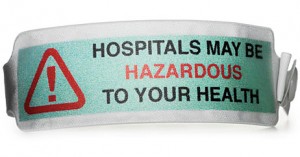 As I was traveling by car to my parent’s home in West Virginia, I was listening to NPR on the radio. I am not sure which program or even the name of the guest because of the lack of reception in the mountains, but I listened in amazement as the host and a physician discussed a study published in the
As I was traveling by car to my parent’s home in West Virginia, I was listening to NPR on the radio. I am not sure which program or even the name of the guest because of the lack of reception in the mountains, but I listened in amazement as the host and a physician discussed a study published in the 
 My grandfather immigrated to the United States from Spain in 1917. I remind everyone of this when I recline in my office for a much-needed afternoon nap, the Siesta. For me it is hereditary, that is my excuse and I am sticking to it.
My grandfather immigrated to the United States from Spain in 1917. I remind everyone of this when I recline in my office for a much-needed afternoon nap, the Siesta. For me it is hereditary, that is my excuse and I am sticking to it. In a recent
In a recent 
 More to come on this topic but please, White House, consider hosting a summit for community college presidents, faculty and students if you really want help with reaching more low-income students. Maybe the biggest laugh yet. I kill me.
More to come on this topic but please, White House, consider hosting a summit for community college presidents, faculty and students if you really want help with reaching more low-income students. Maybe the biggest laugh yet. I kill me.